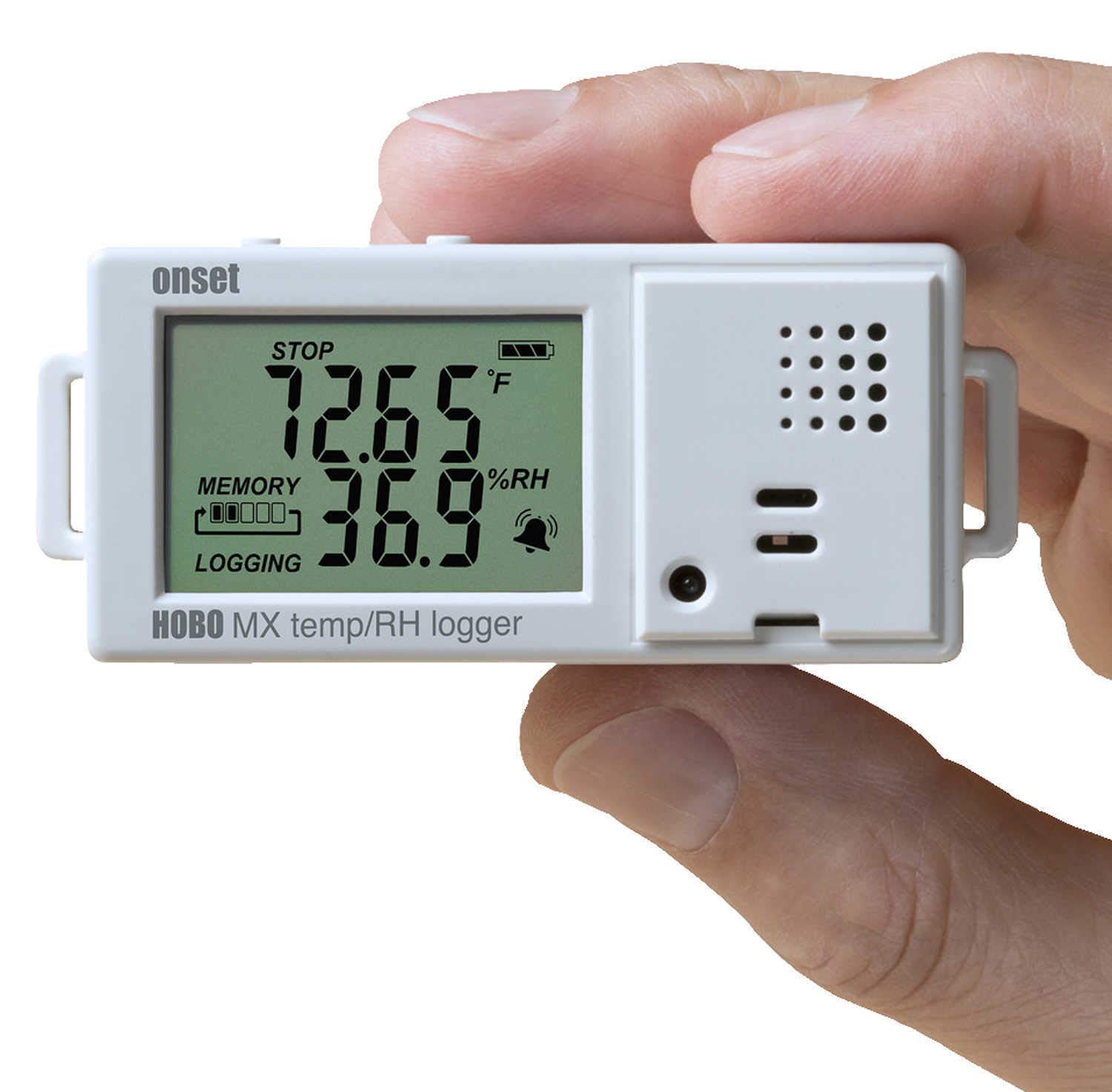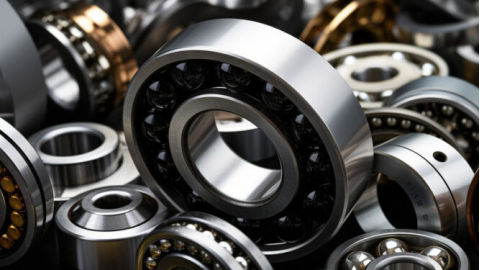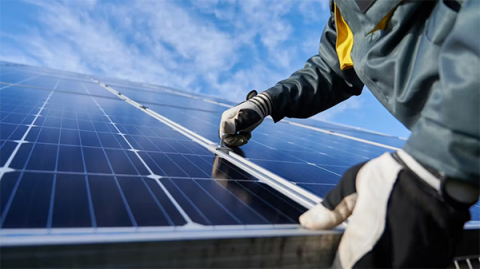Top 10 Temperature and Humidity Measurement Manufacturers

Introduction to Measurement importance
Temperature and humidity measurement is fundamental in environmental monitoring, industrial process control, healthcare, and agriculture. Accurate data is critical for product quality, equipment safety, personnel comfort, and scientific research. Key terms include relative humidity (the percentage of water vapor in the air relative to the maximum it can hold at that temperature), dew point (the temperature at which air becomes saturated), and accuracy (how close a measurement is to the true value).
Core Sensing Technologies
Measurement relies on several core technologies. For humidity, resistive sensors change electrical resistance with moisture. They are cost-effective but offer moderate accuracy. Capacitive sensors use a polymer or metal oxide film; the dielectric constant changes with humidity, providing higher accuracy and stability. Thermal conductivity sensors measure the difference between the thermal conductivity of air and dry air, suiting high-temperature environments. For temperature, common devices are thermocouples (wide range), RTDs (high accuracy and stability), and thermistors (high sensitivity but a narrow range).
Market Leaders for Industrial Applications
Some manufacturers specialize in harsh industrial environments.
Honeywell provides sensors from basic HVAC types to industrial transmitters with HART or Profibus outputs. Their ST series is known for excellent EMC immunity. Siemens designs its Sitrans TH series for process industries. It offers advanced diagnostics and multiple process connection options. TE Connectivity (Measurement Specialties) manufactures the HTU21D digital humidity sensor. Its small size and high reliability make it a staple in industrial automation. Amphenol Advanced Sensors leads in building automation with its Telaire series of CO2 and humidity sensors.Market Leaders for High-Precision and Laboratory Use
Other manufacturers focus on delivering extreme accuracy and stability.
Vaisala sets the industry standard with its HUMICAP® sensor technology. The Indigo520 transmitter offers ±0.8% RH accuracy and exceptional long-term stability for meteorology and pharmaceuticals. Rotronic produces the HC2 series probe. It combines temperature and humidity measurement with ±0.8% RH accuracy, serving metrology and lab applications. Sensirion is renowned for its SHT series digital sensors. They use CMOSens® technology to integrate the sensor, signal processing, and calibration on a single chip for minimal size and low power consumption.Innovation and Emerging Technologies
The industry continuously evolves with new technologies.
IoT Integration is a major trend. Companies like Texas Instruments develop sensor nodes with wireless connectivity (Wi-Fi, Bluetooth Low Energy). MEMS (Micro-Electro-Mechanical Systems) technology drives smaller sensor sizes and lower power use. An example is STMicroelectronics' HTS221 capacitive digital sensor. Multi-parameter sensors are rising. They measure humidity, temperature, pressure, VOCs, and CO2 simultaneously for comprehensive environmental data. Energy harvesting allows sensors to power themselves from light, heat, or vibration, enabling truly maintenance-free operation.Key Selection Criteria
Choosing a manufacturer requires evaluating several factors.
Accuracy and long-term stability are paramount. You must distinguish between initial accuracy and drift over the sensor's lifetime. Environmental adaptability is crucial. Consider the operating temperature range (e.g., -40°C to 125°C), chemical resistance, and ingress protection (IP ratings like IP65/IP67). Output signal type must match your system. Options include analog voltage/current (4-20mA), digital I2C/SPI, or industrial protocols. Mechanical design involves probe size, mounting options, and housing material (stainless steel, plastic) to fit installation space and resist corrosion.Deep Dive into Application Areas
Different industries have unique needs and specific solutions.
The pharmaceutical industry requires sensors that comply with GMP norms and allow traceable calibration. They monitor cleanrooms and sterilization processes. Agriculture and food processing need robust sensors that withstand high-humidity and condensing environments. They often combine with CO2 monitoring for controlled atmosphere storage. Data center monitoring demands sensors that integrate with DCIM systems. They provide real-time data on hot spots and humidity to prevent equipment failure. HVAC systems typically use cost-effective capacitive sensors. However, high-end buildings employ multi-parameter sensors to optimize energy use and comfort.



